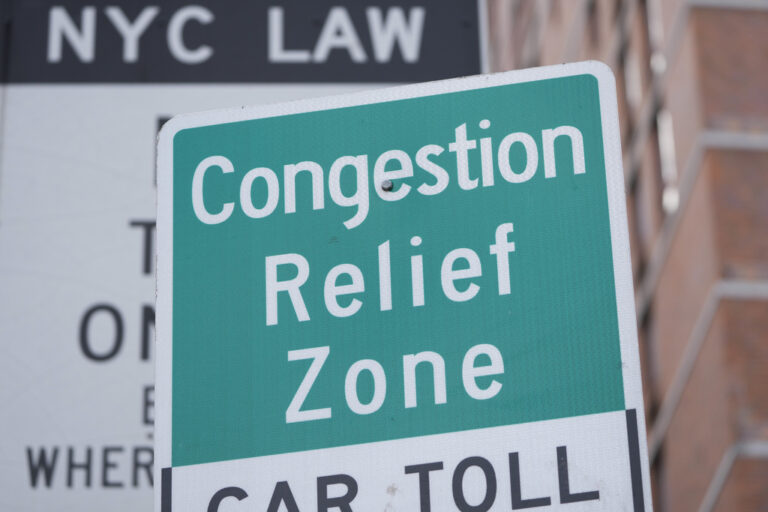Glaucoma is a group of eye diseases that cause damage to the optic nerve and can lead to vision loss or blindness if left untreated. It is often referred to as the “silent thief of sight” because it usually has no symptoms in its early stages, and vision loss can occur gradually over time. However, there are some symptoms to watch out for, and there are effective treatments available to help manage the condition.
Symptoms of Glaucoma
-
Loss of peripheral vision: The most common symptom of glaucoma is a gradual loss of peripheral vision, often in both eyes. This can make it difficult to see objects or people out of the corners of your eyes.
-
Blurry or hazy vision: If you notice that your vision is becoming blurry or hazy, particularly in low-light conditions, it could be a sign of glaucoma.
-
Halos around lights: Glaucoma can cause halos or rings to appear around lights, particularly at night.
-
Eye pain or redness: While not as common, some types of glaucoma can cause eye pain or redness.
It is important to note that these symptoms may not necessarily be caused by glaucoma, and some people with glaucoma may not experience any symptoms at all. That’s why it’s important to have regular eye exams to detect and diagnose glaucoma as early as possible.
Treatment of Glaucoma
The goal of glaucoma treatment is to slow or stop the progression of the disease and prevent further vision loss. There are several treatment options available, depending on the type and severity of glaucoma.
-
Eye drops: Eye drops are often the first line of treatment for glaucoma. They work by reducing the pressure inside the eye, which is a major factor in the development and progression of glaucoma.
-
Oral medications: In some cases, oral medications may be prescribed to help lower eye pressure.
-
Laser surgery: Laser surgery is another option for treating glaucoma. It works by making small openings in the drainage system of the eye to help improve the flow of fluids and reduce pressure.
-
Traditional surgery: In some cases, traditional surgery may be necessary to create a new drainage channel in the eye or to implant a drainage device.
The type of treatment recommended will depend on the type and severity of glaucoma, as well as other factors such as age and overall health. It’s important to work closely with your eye doctor to determine the best course of treatment for your individual needs.
In addition to medical treatment, there are also lifestyle changes you can make to help manage glaucoma and prevent further vision loss. These include:
-
Regular exercise: Exercise can help improve blood flow and reduce eye pressure, which can help slow the progression of glaucoma.
-
Healthy diet: Eating a healthy diet that’s rich in antioxidants and nutrients can also help protect your eyes and slow the progression of glaucoma.
-
Avoid smoking: Smoking can increase your risk of developing glaucoma and can make the condition worse if you already have it.
-
Manage stress: Stress can increase eye pressure, so finding ways to manage stress and relax can help reduce your risk of vision loss.
Glaucoma is a serious eye condition that can lead to vision loss if left untreated. While it often has no symptoms in its early stages, regular eye exams can help detect and diagnose the condition early, allowing for effective treatment and management. If you have any concerns about your eye health or are experiencing any symptoms, it’s important to talk to your eye doctor as soon as possible.










